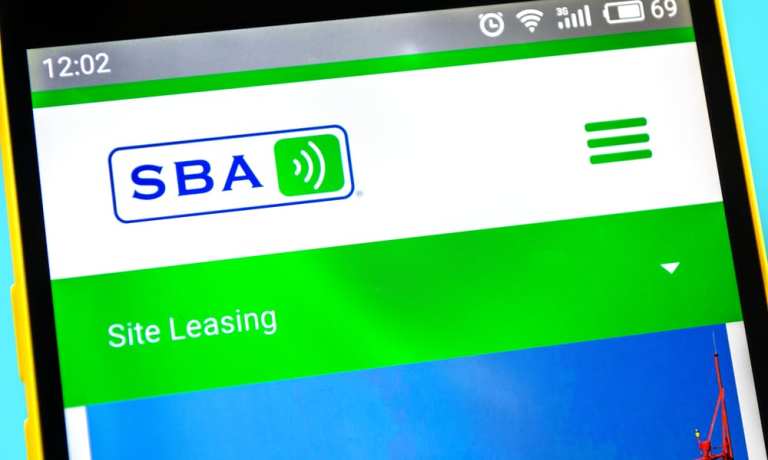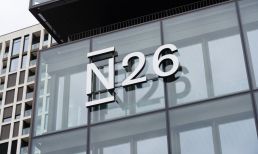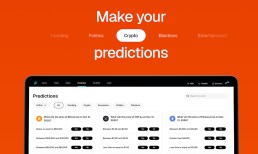In all manner of life – especially corporate life – where there are rules and legislation, there are paths to follow the spirit and the letter of the law.
Over the past several weeks, there has been no shortage of headlines detailing how the first tranche of stimulus funding geared toward protecting small businesses from the economic ravages of the pandemic ran short of expectations.
The $349 billion Paycheck Protection Program (PPP) was so oversubscribed with demand that it was exhausted in a matter of a few weeks. There’s a new round of funding, to the tune of about $320 billion, that has just been approved. That funding went live today.
Yes, Shake Shack got funding, as is well-known, that could have been steered to other, smaller and relatively worse-off firms. And as CNBC reported over the weekend, more than 200 public companies applied for as much as $870 million from the program.
The mad scramble for funds from early to mid-April showed the vagaries of launching a huge funding program in the middle of an economic emergency, where the rules are broad and where the luck of the draw seemingly holds sway. It also shows how hard it is to build the proverbial rocket ship while flying it.
Banks’ websites went down, and so did the Small Business Administration (SBA’s) sites. Firms were served on a first-come, first-served basis. As Bank of America CEO Brian Moynihan said on “Face the Nation” this past week, “It’s clear that between Congress, the administration and the American people, we need to get all these funded and not make this a foot race. Just get the work done.”
Advertisement: Scroll to Continue
On Monday (April 27), The New York Times reported that well-funded startups, some of them flush with recent investment rounds, had also applied and received federal loans under PPP.
“They are doing it because they can,” said Chris Olsen, a venture capitalist with Drive Capital Partners in Columbus, Ohio, in an interview with the Times. “They view it as free money.”
In one example, and in lending activity done outside the province of traditional financial institutions (FIs), Silicon Valley Bank said it received 5,500 applications for small business loans and that roughly two-thirds of that tally had been granted.
It might be argued that the relatively well-capitalized firms have taken spots that would have been reserved for companies in dire straits. But the first time around, the program’s bumps were due to it being administrated in uncharted territory.
The government and the banks had underestimated the initial demand. Banks, it might be argued, played it relatively cautiously by working with companies where relationships were already in place, avoiding the friction of KYC/AML and onboarding activities.
The spirit of the PPP had been, and continues to be, that firms apply for funds with the acknowledgment that they would keep workers on the payroll. It’s no secret that the program was put together quickly, which in turn allowed major franchises to utilize the provision that each location has under 500 employees (Shake Shack has said it would return the $10 million received under the program). You might term that following the “spirit” of the program.
Now there loom changes to the “letter” of the PPP. A few days ago, the SBA issued new guidance for the second installment of the program, stating that applicants must show that “current economic uncertainty makes this loan request necessary to support the ongoing operations of the applicant.”
The would-be borrowers must consider their current levels of business activity and whether they can access other liquidity that would be sufficient to support those operations.
“For example, it is unlikely that a public company with substantial market value and access to capital markets will be able to make the required certification in good faith,” the SBA said.
As the “letter” of the PPP changes, the program itself will become more clearly defined, conceivably winnowing down the pool of companies looking for funding.
Narrowing the scope could not come at a better time, as PYMNTS research found increased intent by smaller Main Street firms to tap those loans. As many as 41 percent of the more than 700 SMBs we surveyed just after the first round of funding ran out said they had applied for the PPP loans by April 20.




